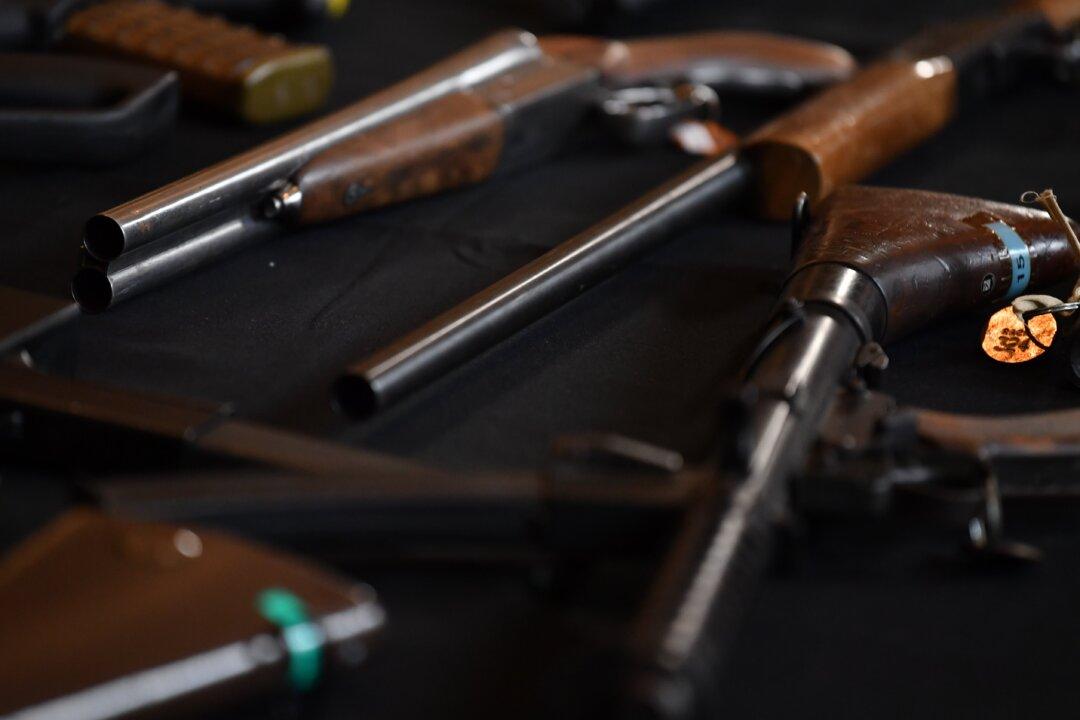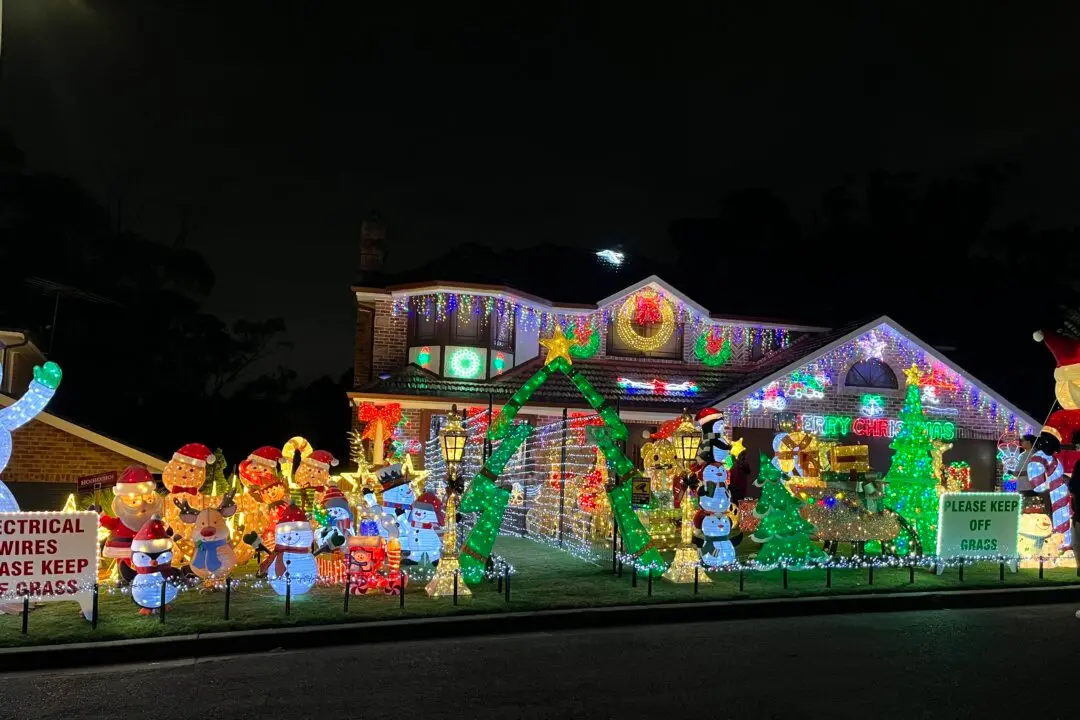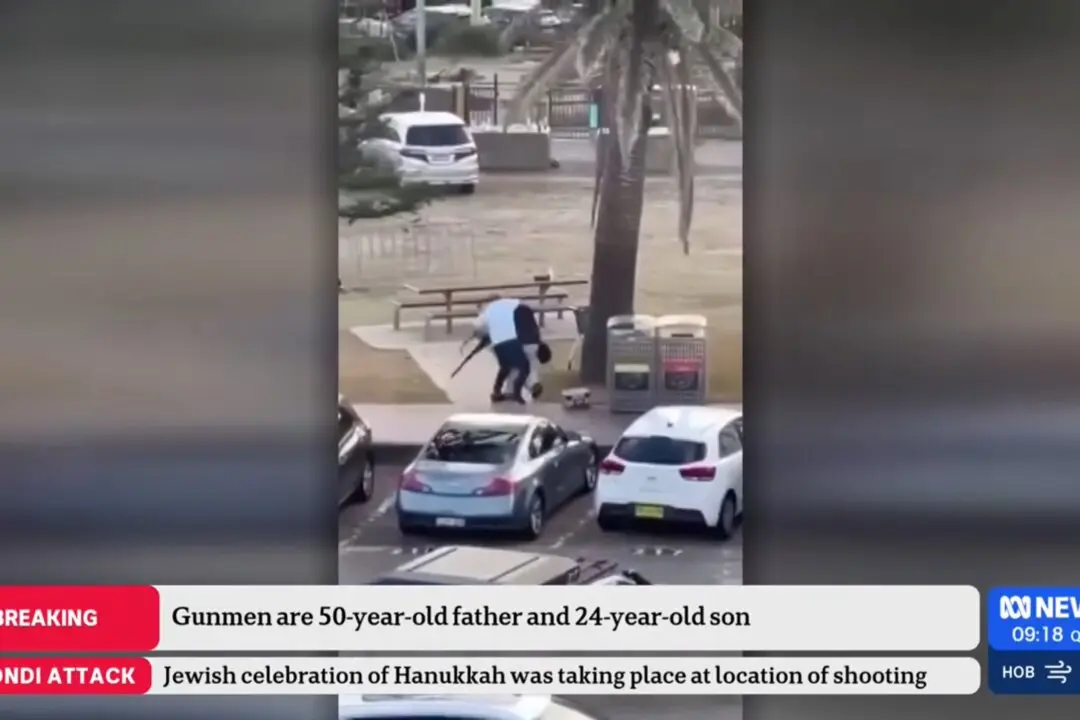Australians handed in almost 18,000 weapons, including a Vietnam-era flamethrower, automatic firearms, and a crossbow, to police during the first year of a national firearms amnesty.
A total of 17,543 firearms weapons and 606 weapons components, including suppressors and magazines, were surrendered between 1 July 2021 and 30 June 2022, according to the Permanent National Firearms Amnesty Annual Report issued on Jan. 20 by Attorney-General’s Department.




